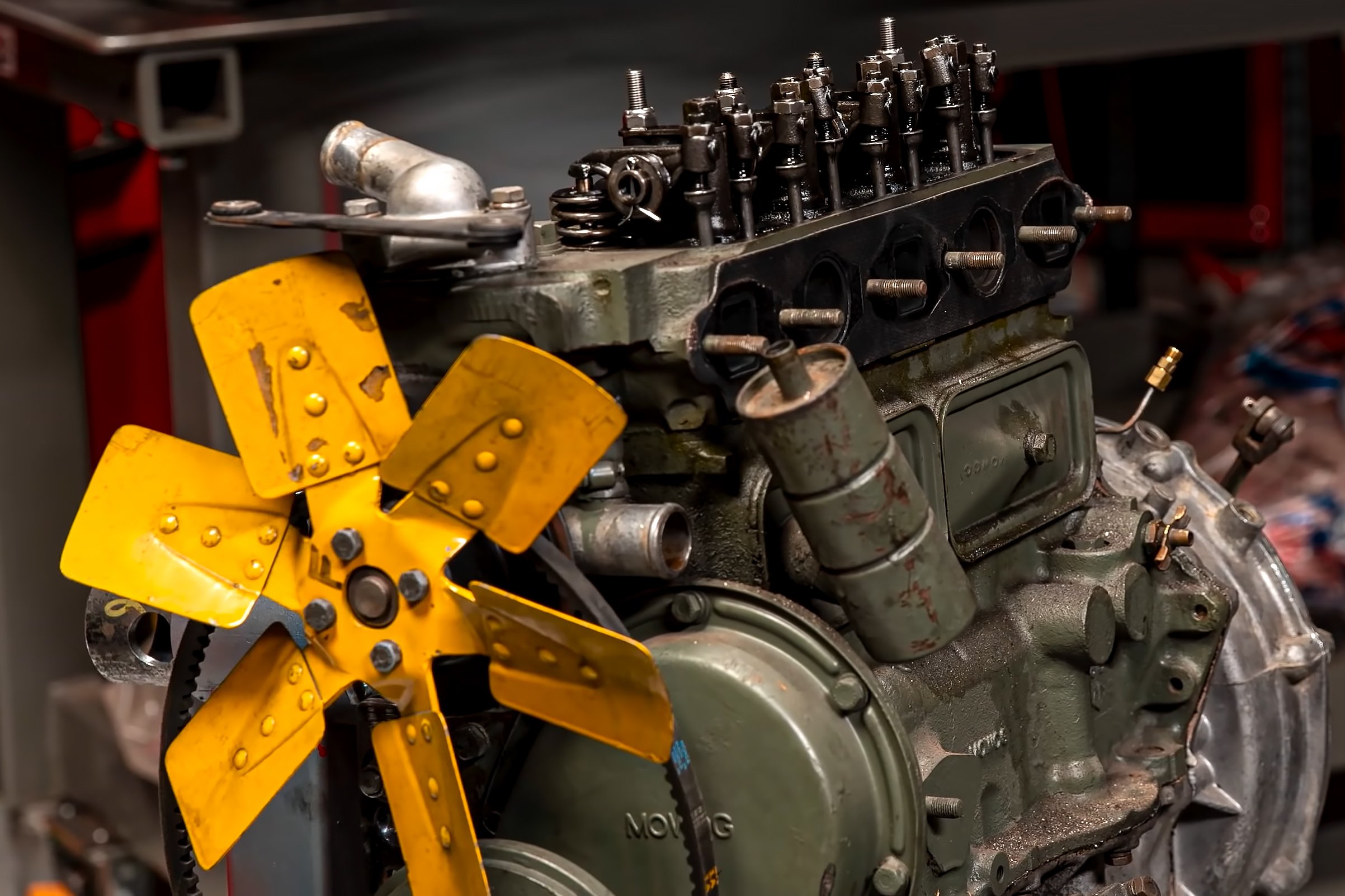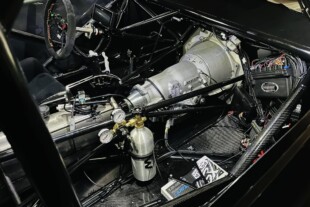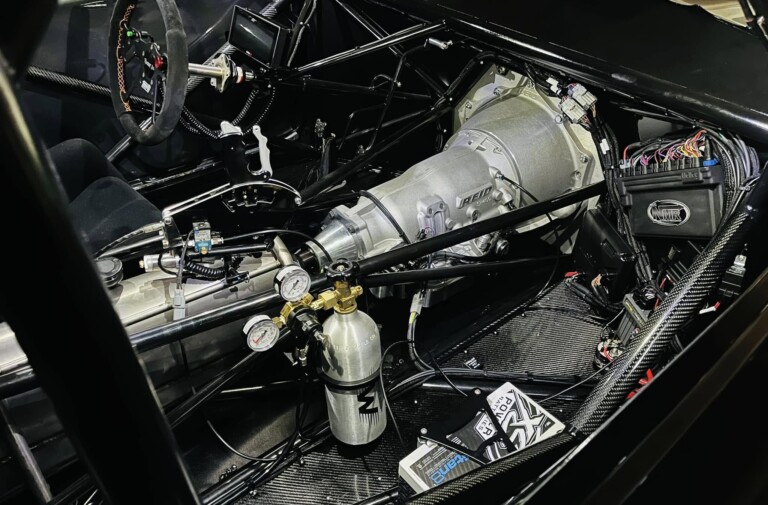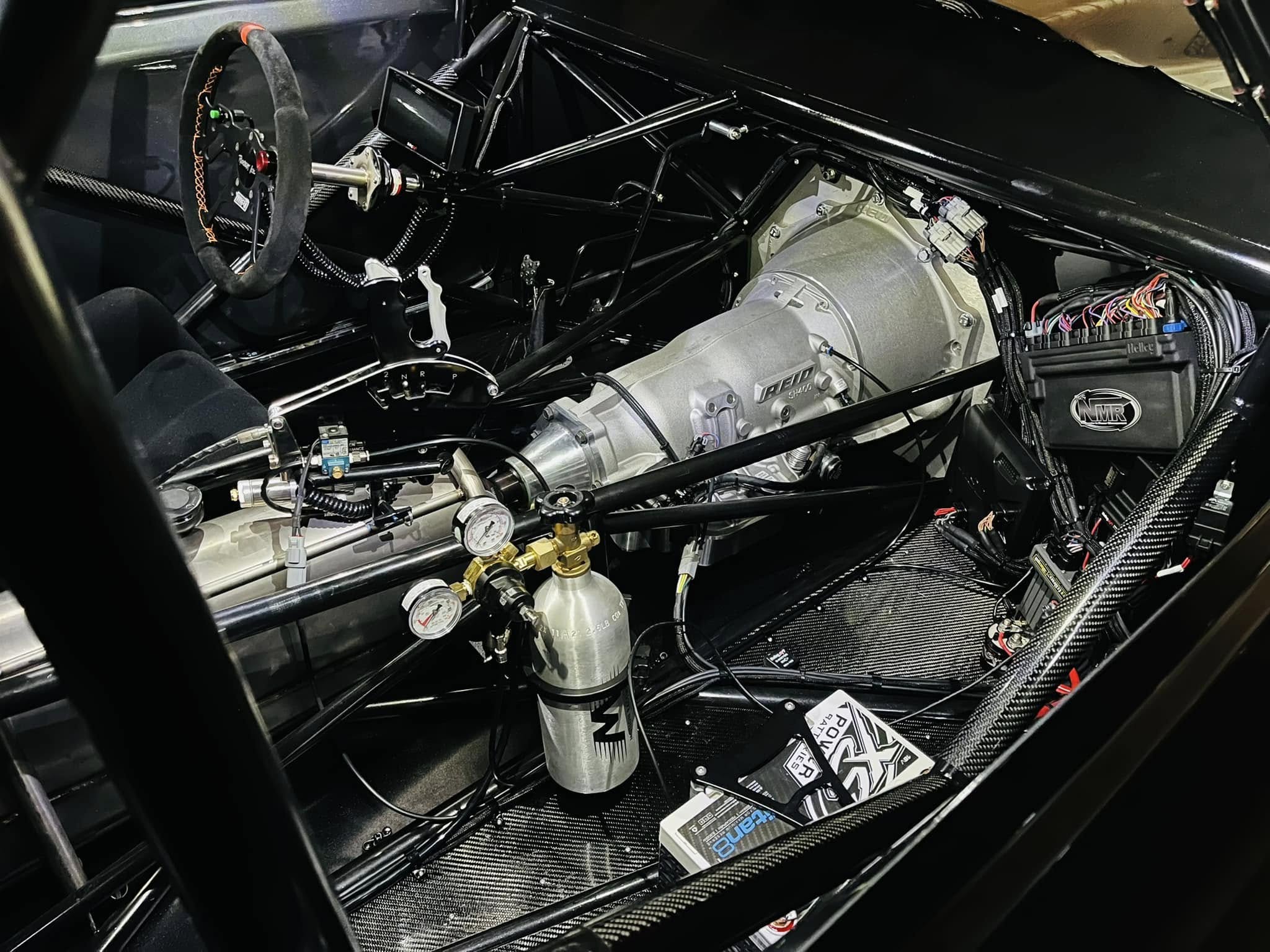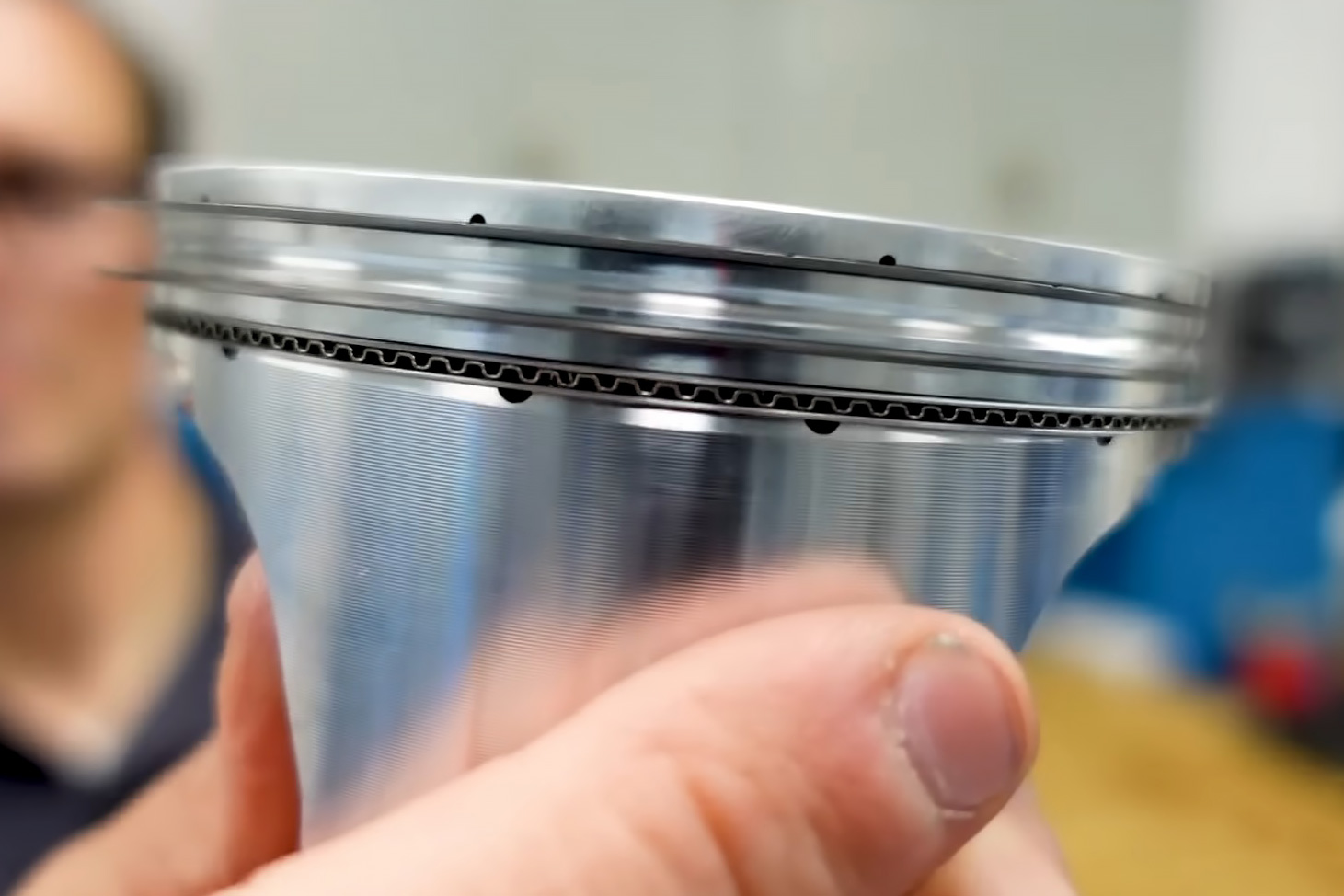It’s not every day you see an original Mini Cooper S, let alone its engine — a 1,275cc BMC A-series engine. (Well, actually we do, as your author’s father-in-law is currently restoring a 1972 MG Midget with the same engine in it.) Thanks to Hagerty’s Redline Rebuild series, we get the firm’s signature time-lapse look at a complete teardown and rebuild of an interesting, if not iconic, little four-cylinder engine.
A bit of trivia for you – all of the A-series engines through the mid-‘70s were painted “Middle Bronze Green” as seen here. Factory replacement engines were painted black, suggesting that this engine is the same one that the car rolled out of the factory with.
The A-series engine started out life as a clean-sheet 803cc design in 1951. It enjoyed a continuous 50 production-year lifespan, with the multiple variants maxing out with the 1,275cc displacement starting in 1964, as seen in this video. Peak outputs ranged from 28 horsepower at 4,800 rpm and 40 lb-ft at 2,400 rpm for the original 0.8-liter variant, to the version featured here, making 75 horsepower at 5,300 rpm and 79 lb-ft at 3,000 rpm.
Both the cylinder head and engine block are made from cast iron. The heads are a two-valve-per-cylinder overhead-valve design, with the intake and exhaust ports sharing a single side of the cylinder head. The physically-small block only has three main journals. The 1.275-liter displacement was achieved with a 2.780-inch bore and 3.200-inch stroke, which was right at the physical limit for the block.

Here you can see the three-main-journal design. This block was definitely not built with anything it didn’t absolutely need. In fact, the 1,275cc variant was about the physical maximum displacement you could get out of it. However, the design was robust enough to compete in various motorsport series and disciplines.
From the factory, the engines came with a variety of carburetor combinations and were even fuel-injected towards the end of their lifetime. There are also performance-oriented aftermarket carburetor and intake manifolds on the market, still available today.
This little engine proved to be quite a success, both commercially and in the fact that there are still running examples all over the world. So sit back, relax, and spend the next 12 minutes watching this awesome time-lapse engine rebuild.

That’s two intake ports and three exhaust ports on the A-series cylinder head. While cylinders 1 and 2, and cylinders three and four share an intake runner (and a single carburetor, in some cases), cylinders 1 and 4 got their own exhaust ports, while cylinders 2 and 4 had to share a single exhaust runner.




